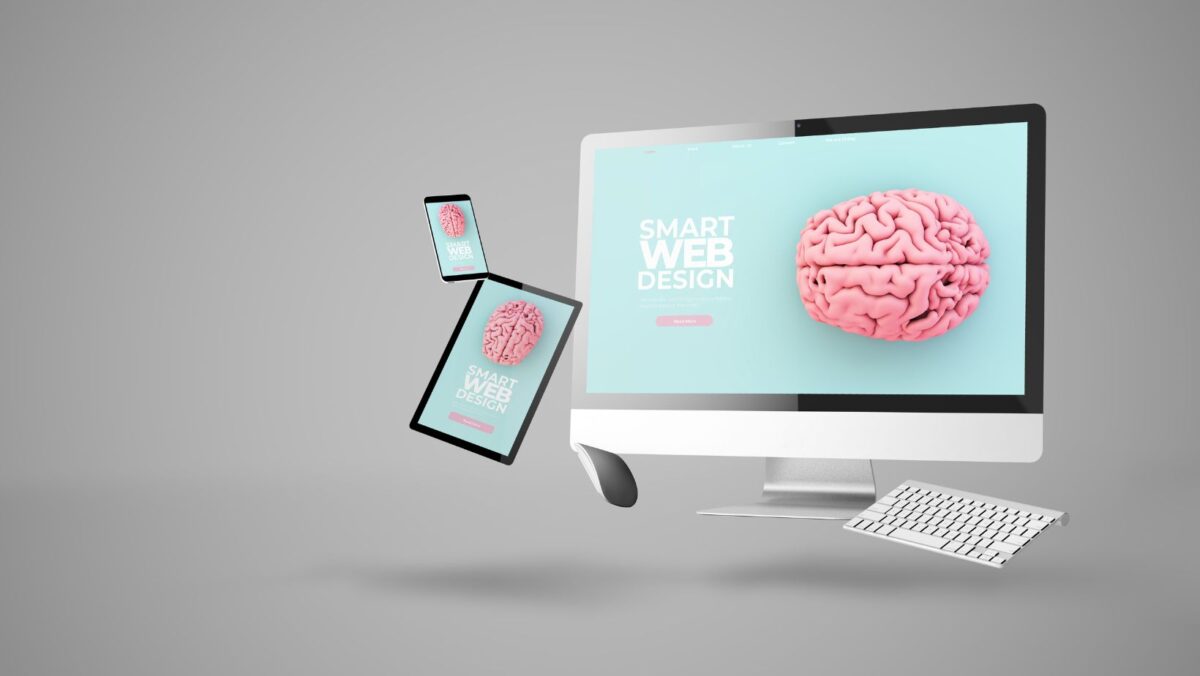User testing plays a crucial role in the design process, serving as a valuable tool for gathering feedback and insights from real users. It allows designers to evaluate the usability, functionality, and overall user experience of a product or website. But why is user testing an important pat of the design process?
Firstly, user testing helps uncover any potential issues or pain points that users may encounter while interacting with a design. By observing how users navigate through different tasks, designers can identify areas where confusion or frustration arise. This invaluable feedback enables them to make necessary improvements and iterate on their designs, ensuring a seamless and intuitive user experience.
Secondly, user testing provides designers with objective data that validates their design decisions. Instead of relying solely on personal opinions or assumptions, they can gather concrete evidence by analyzing how users actually interact with their product. This data-driven approach helps eliminate biases and ensures that design choices are based on real user needs and preferences.
Lastly, incorporating user testing into the design process leads to greater customer satisfaction and increased conversion rates. By understanding what works well for users and what doesn’t, designers can create designs that align with their expectations. A positive user experience not only fosters trust and loyalty but also encourages users to take desired actions such as making purchases or signing up for services.
In conclusion, user testing is an integral part of the design process because it uncovers usability issues, provides objective data for decision-making purposes, and ultimately leads to improved customer satisfaction. By prioritizing user feedback throughout the design journey, designers can create products that truly meet the needs of their target audience. User testing is an integral part of the design process, and its importance cannot be overstated.
Why is User Testing an Important Pat of The Design Process?
The insights gained from observing real users interacting with a product or interface can have a profound impact on its success. Here are several reasons why user testing is such a crucial step in the design journey:
Gaining valuable user insights: User testing allows designers to gain firsthand insights into how users actually interact with their product. It helps identify pain points, frustrations, and areas where improvements can be made. By observing users navigating through a website or app, designers can uncover usability issues that may not have been apparent during the development phase.
Enhancing usability and user experience: One of the primary objectives of user testing is to enhance the usability and overall user experience of a product. By watching users perform tasks, designers can identify any confusing or complex elements within the interface and make necessary adjustments to improve navigation, functionality, and clarity.
Validating design decisions: User testing provides an opportunity to validate design decisions before launching a product to a wider audience. Feedback from real users helps ensure that the design aligns with their expectations and needs. This validation minimizes guesswork and reduces the risk of investing time and resources into features or designs that may not resonate with users.
Reducing costs in the long run: Identifying usability issues early on through user testing can save significant costs down the line. Fixing problems during the design phase is much more cost-effective than making changes after development or post-launch when major modifications may involve rewriting code or redesigning entire sections.

Increasing customer satisfaction and loyalty: By incorporating user feedback obtained through testing, designers can create products that better meet customer needs and preferences. This leads to better customer relationship & increased customer satisfaction which ultimately fosters loyalty towards your brand
In conclusion, user testing plays an essential role in ensuring that designs are intuitive, usable, and tailored to meet user expectations effectively. It provides valuable insights, enhances the overall user experience, validates design decisions, reduces costs, and ultimately leads to higher customer satisfaction. Incorporating user testing into the design process is not just important; it’s a vital step towards creating successful and user-centric products.
Benefits of Incorporating User Testing in Design
User testing is a crucial part of the design process, and it offers numerous benefits that can greatly enhance the final product. By involving users early on and gathering their feedback, designers can gain valuable insights into how to create a more user-friendly and effective design. Here are some key reasons why incorporating user testing is an important aspect of the design process:
Enhances Usability: User testing allows designers to evaluate how easily users can navigate through a website or interact with an app. By observing real users in action, designers can identify pain points, confusing elements, or usability issues that may have been overlooked during the initial stages of design. This insight enables them to make necessary improvements and optimize the overall user experience.
Validates Design Decisions: User testing provides objective evidence to support design decisions. Instead of relying solely on subjective opinions or assumptions, designers can gather data from real users to validate their choices. This helps reduce guesswork and ensures that design decisions are based on actual user needs and preferences.
Uncovers Unforeseen Issues: No matter how well-versed designers are in their craft, there will always be blind spots or unforeseen issues that might affect user experience. User testing acts as a safety net by revealing potential problems before they become major setbacks. It allows designers to detect flaws, fix them promptly, and prevent costly redesigns or negative impacts on brand reputation.
Increases Conversion Rates: A well-designed user interface has a direct impact on conversion rates for businesses operating online platforms such as e-commerce websites or mobile apps. Through user testing, designers can identify barriers preventing users from completing desired actions (e.g., making a purchase) and implement changes that streamline the conversion process.

Saves Time and Resources: While it may seem counterintuitive at first glance, incorporating user testing actually saves time and resources in the long run. By catching usability issues early on, designers can make necessary adjustments before the development phase, avoiding costly rework or redesigns down the line. This iterative approach leads to a more efficient design process and ultimately a better end product.
Incorporating user testing into the design process is essential for creating intuitive, user-centric experiences. It provides designers with valuable insights, validates design decisions, uncovers potential issues, improves conversion rates, and saves time and resources. By prioritizing user testing, designers can ensure that their designs meet the needs and expectations of their target audience.

